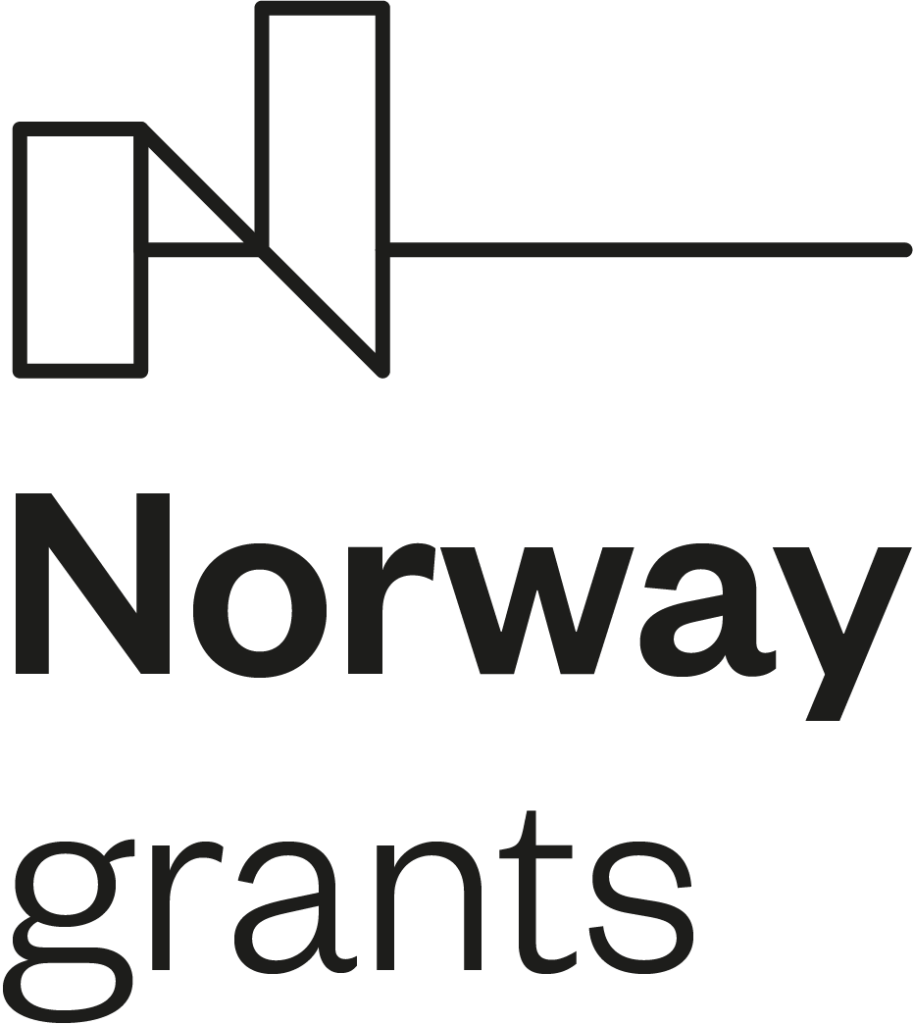PROJECT TITLE
Research and development of an innovative corrosion resistant coating for bipolar plates for energy conversion devices
PROJECT CODE
TO01000306
GRANT
Norway Grants and TA CR
Funding: 32 897 230 CZK
About the project:
The main objective of the CORE project is to develop ground-breaking coatings for cost-effective and high performance bipolar plates for PEM fuel cells and water electrolysers. Following progress has been achieved within the first year of the project. A comprehensive literature research has been performed, focusing on selection of the coating materials showing most promising properties for the desired application. In the next step, series of samples of polymeric films, as well as films deposited on the stainless steel simulating bipolar plated was produced. The target was also to set-up and validate corresponding characterization methods at the individual project partners. These experiments have shown, that the some of the last generation samples have achieved during this ex-situ testing parameters close, or already fulfilling project targets regarding the mentioned parameters. This is very promising considering the early stage of the project. Within the framework of the novel technology of the bipolar plates production and application technoeconomic feasibility study collection of necessary input data has started together with laying down ground work for the analysis and comparison of the proposed solutions. Another task represents mathematical modelling of a PEM type fuel cell. Within the first year of the project, two-dimensional model of the fuel cell was developed and implemented in the COMSOL Multiphysics environment.
2021
A comprehensive literature research has been performed, focusing on selection of the coating materials showing most promising properties for the desired application. In the next step, series of samples of polymeric films, as well as films deposited on the stainless steel simulating bipolar plated was produced. The target was also to set-up and validate corresponding characterization methods at the individual project partners. These experiments have shown, that the some of the last generation samples have achieved during this ex-situ testing parameters close, or already fulfilling project targets regarding the mentioned parameters. This is very promising considering the early stage of the project. Within the framework of the novel technology of the bipolar plates production and application technoeconomic feasibility study collection of necessary input data has started together with laying down ground work for the analysis and comparison of the proposed solutions. Another task represents mathematical modelling of a PEM type fuel cell. Within the first year of the project, two-dimensional model of the fuel cell was developed and implemented in the COMSOL Multiphysics environment.
2022
Following progress has been achieved within the second year of the project. Within WP1 optimisation of the materials used to produce protective layer continued also within the second year of the project. Based on the results achieved within the first year of the project and in close collaboration with WP2, new set of materials was proposed ensuring the film will not be only sufficiently conductive, but also corrosion resistant. Despite Czech and Norwegian side use slightly different experimental methodologies within this task, round robin has shown, the results follow identical trends. Whereas within this part of the WP2 basic characteristics of the prepared protective films were identified, within the second part of this WP corrosion stability of the metallic materials, or their modifications, were determined. This allowed to identify materials most promising for this particular application. Outputs from the previous two WPs play an important role in the WP3 focusing on techno-economic assessment of the approach to the bipolar plates production studied and simulation of the bipolar plate structure impact on the resulting fuel cell performance. Within the framework of the techno-economic analysis, the bill of material was chosen at this stage to provide basic comparison of competing approaches to the bipolar plate production. This approach represent optimal approach at this stage, as information allowing to define the production costs are still not sufficient to reach required accuracy of the data. WP4 was focused on the of coordination, management, communication. The part of the WP4 was securing publicity of the project; these activities such as a presentation at Open days and other public events are organized throughout the project duration in order to give visibility to the project implementation and its outputs.
2023
During the third year of the project, the main focus was on developing highly innovative bipolar plates made of stainless steel, covered with structured electrically conductive film. This film consists of a polymer matrix filled with electrically conductive particles aligned using an electrostatic field. Research efforts focused on improving film quality and on optimising methods for film application on the stainless steel support. Test results showed promising outcomes in terms of plate durability and performance. Also mathematical modelling, including technoeconomic analysis, progressed significantly. It allowed to obtain important new knowledge in this field. Beside this, a significant effort was dedicated to project management and promotion. Project outputs include scientific publications, functional sample, a patent application, and conference presentations. Despite publications delay caused by the intellectual property protection associated with a patent application, the project remains on track as per the approved project plan.
Beneficiary and project partners:
Vysoká škola chemicko-technologická v Praze
SINTEF AS
CondAlign

The CORE project benefits from a € 1.3 mil. grant from Norway Grants and Technology Agency of the Czech Republic. The project is carried out under the KAPPA funding programme for applied research, experimental development and innovation, managed by the Technology Agency of the Czech Republic.
